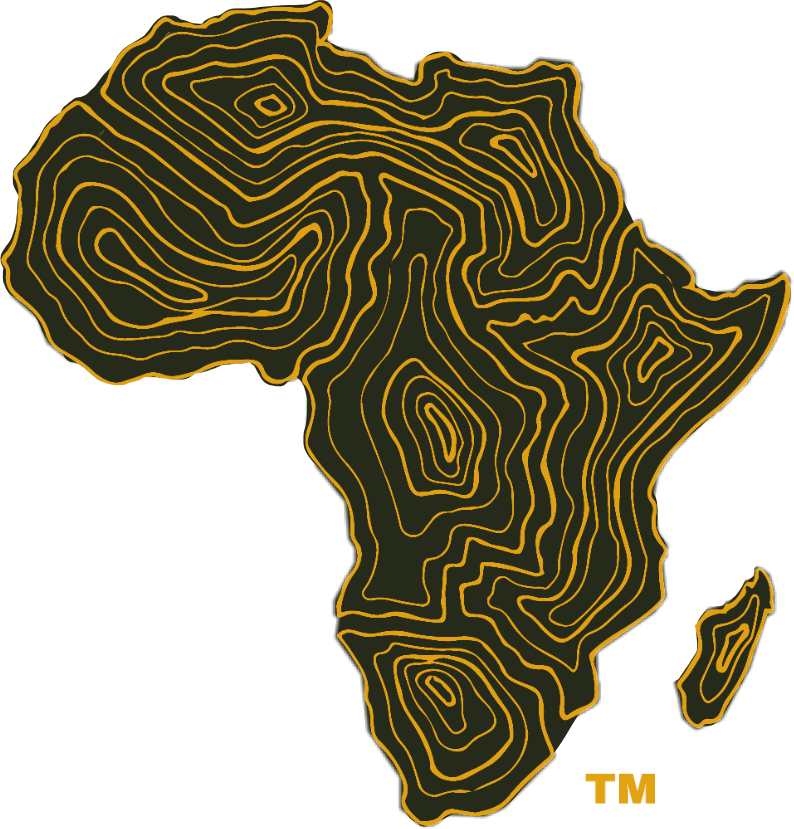
Carthage, Kart-hadasht in Phoenician, In Latin, Carthago
Written by Keketso Dibakwane.
Edited by Kamdi Okonjo
Ancient Carthage

Ancient Carthage - North Africa
Carthage was strategically located in order to exert influence over ships transiting the Mediterranean Sea between Sicily and the North African Coast. Carthage was founded in 814 BCE by the Phoenicians of Tyre; its Phoenician name translates as "new town."
The Punic Wars were a series of wars that had a significant impact on Africa. Numerous African kingdoms were either destroyed, annexed, or abandoned in a desolate state. Carthage in antiquity is proof of this. A Phoenician city in modern-day Tunisia, it was the Mediterranean's wealthiest city. The city was strategically located in order to exert control over and influence the ships passing through Sicily on their way to North America.
Location of Ancient Carthage
The Ancient Carthaginian City was located in North Africa, more precisely in Tunis. Its current remains are located along the Mediterranean Sea between Algeria and Libya. It had a land area of 163,610 kilometers (63,170 square miles) and a population of 11 million.
Kingdom History
Carthage was a city founded by the Phoenicians, an ancient civilization in Canaan. It was the most powerful city in the Mediterranean and developed into an economic hub as a result of its geographical proximity to trade routes and its opulent Mediterranean harbor. Carthage's history is divided into five periods: Ancient Carthage (Punic Republic) – c. 814-146 BCE, Roman Carthage – 146 BCE – 439 CE, Vandal Carthage – 439-534 CE, Byzantine Carthage (African Exarchate) – 534-698 CE, and Muslim Arab Carthage (Islamic Carthage) – 698-1270 CE. However, this article will concentrate on the most illustrious era, Carthage during the Punic war. It was during this time that both Rome (a neighboring civilization to Carthage) and Carthage grew in strength, size, and wealth resulting in tensions between the two civilizations.
Carthage, it is said, was perpetually at odds with the Romans and the Greeks. The war between Rome and Carthage began in 265 BCE (the Punic War). The conflict of interests between the Kingdom of Carthage and the Roman republic was one of the major causes of the war. The Romans desired expansion via Sicily, which was ruled by the Carthaginians.
Carthage's military was the most powerful in the ancient world. The army was instrumental in Carthage's annexation of portions of northern Africa and the southern Iberian Peninsula. Carthage appeared to be winning in the first and second Punic wars. However, Rome defeated Carthage during the Third Punic war (149-146 BCE). Carthage was subsequently destroyed by the Romans, and the Carthaginian population was enslaved.
Carthaginian Society
Ancient Carthage was a religious society that existed between 650 and 146 BCE. Their religion was derived from the Phoenician religion, which meant that they worshiped a large number of gods, including the goddess Tanit and her consort, Ba'al Hammon.
Carthage was renowned for its dyed cotton, linen, and wool textiles, as well as its pottery, perfumes, and architecture. It produced an abundance of goods and traded with people from all over the world. It also established caravan routes to Africa and Persia.
Importance of Ancient Carthage
Centuries later, people continue to conduct research on ancient Carthage. Even today, remnants of Carthage exist. Carthage was recognized as a significant archaeological site in 1979 and was thus added to UNESCO's World Heritage List. This monumental announcement by UNESCO demonstrates to African countries that if they continue to preserve their country's heritage, that history and heritage will be passed down from generation to generation. Today, when we look at Tunisia and its stunning architecture, we can proudly say that our forefathers set the bar, and we exceeded it. Although Tunisia faces criticism today for its law, government, and internal injustices, it is motivating Tunisians to see what Carthage accomplished and what they can accomplish.
While Ancient Carthage was a powerful and beautiful empire, fortunately, many of its practices were eradicated from the city as a result of their destruction during the Roman annihilation. What remains is a testament to its magnificent architecture and to the fact that Africans can truly succeed, just as they did previously.




All Images below are taken from LonelyPlanet
References
Joshua J. Mark, “Carthage”; 29 May 2020. Available at: https://www.worldhistory.org/carthage/
National geographic, “Carthage”. Available at: https://www.nationalgeographic.org/encyclopedia/carthage/
Patrick Hunt, Britannica; “Carthage”. Available at: https://www.britannica.com/place/Carthage-ancient-city-Tunisia
Murphy, E., Barbour, Nevill, Clarke, John Innes, Brown, L. Carl and Talbi, Mohamed (2021, March 10). Tunisia. Encyclopedia Britannica. https://www.britannica.com/place/Tunisia



